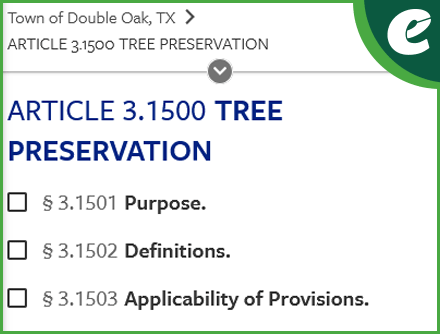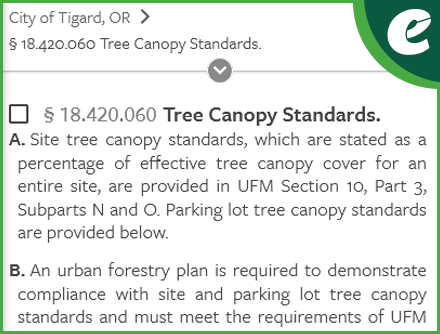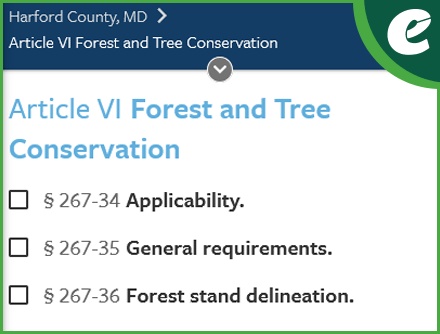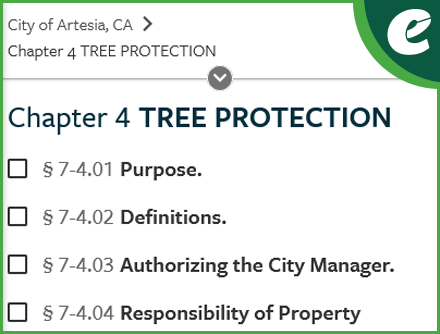Urban tree canopies are a vital part of urban life, offering environmental, health, and community benefits that make high population and densely built areas more livable. As municipalities continue to grow, many across the country are taking legislative steps to protect and expand tree cover to combat rising temperatures, air pollution, and the impacts of climate change.
Cleaning the Air and Cooling the Streets
Trees are nature’s air filters. Urban tree canopies help remove harmful pollutants like carbon dioxide, ozone, nitrogen dioxide, and sulfur dioxide, making the air cleaner and healthier to breathe. They also trap fine particulate matter, reducing the risk of respiratory issues like asthma and lung disease. In fact, the U.S. Forest Service estimates that urban trees remove about 711,000 metric tons of air pollution each year.
Beyond improving air quality, trees act as natural air conditioners. Cities tend to be much hotter than surrounding rural areas because concrete and asphalt absorb and retain heat—a phenomenon known as the urban heat island effect. Tree canopies provide shade and release moisture into the air, helping to cool city streets and lower surface temperatures by as much as 10 to 20 degrees. With heat waves becoming more frequent, urban forests are a key tool in keeping cities livable.
Trees also play a huge role in managing stormwater. By intercepting rain, tree canopies reduce runoff and take pressure off drainage systems, helping to prevent flooding. Plus, they filter out pollutants before they reach local waterways, improving water quality.
View sample tree canopy preservation legislation >
Healthier People, Stronger Communities
Spending time around trees doesn’t just feel good—it’s actually good for your health. Research has shown that green spaces can reduce stress, anxiety, and depression. Living near trees also encourages outdoor activity, which benefits both mental and physical health.
Beyond personal health, urban forests also strengthen communities. Tree-lined streets and parks create inviting spaces where people gather, socialize, and feel connected to their neighborhoods. Studies have even found that areas with more tree cover tend to have lower crime rates, highlighting the social impact of greener environments.
Trees are also a smart economic investment. Properties in greener areas often have higher real estate values, and businesses in tree-lined districts tend to see more foot traffic. This means urban forests don’t just make cities healthier—they also make them more economically vibrant.
How Cities Are Seeking to Save Their Trees
With all these benefits, it’s no surprise that cities are stepping up efforts to protect and expand their tree canopies. Here’s a look at some of the policies shaping the future of urban forestry:
Federal Funding to Expand Urban Tree Canopies
On a national level, the Inflation Reduction Act (2022) allocated $1.5 billion for urban forestry projects, helping states and cities launch tree-planting initiatives aimed at improving public health and combating climate change.
Looking Ahead: A Greener, Cooler Future
Urban tree canopies are more than just a nice-to-have—they’re essential for making cities healthier, more sustainable, and more resilient. With climate change intensifying, the need for tree cover has never been greater. Cities that invest in protecting and expanding their tree canopies will not only create cooler and cleaner environments but also build stronger, healthier communities.
The future of urban forestry depends on thoughtful policies, community involvement, and continued investment in green spaces. Whether through tree-planting initiatives, conservation laws, or grassroots advocacy, there’s a growing movement to ensure that urban forests continue to thrive for generations to come.
Useful examples of tree canopy preservation legislation from the eCode360® Library
If your community is looking to enact or update ordinances to expand or protect your own tree canopies, you’ll find valuable examples in our eCode360 Library, including:
Is your code on a schedule?
Did you know you can set up a regular update schedule, so you don’t have to worry about compiling materials or taking up time and resources of your staff to do the updates yourself? As your municipality passes legislation, send it to General Code and we’ll take care of the rest. It’s just that simple!
For tips that will allow us to process your code updates most efficiently, click here.
Questions about updating your code?
Our Client Care team is available to explain the options and benefits of scheduled code updates or any other code-related questions you might have.
Sources:
- Landscape Performance Series: Fast Facts Library
- Urban Heat Island (Wikipedia)
- 3 Ways Planting Trees Helps Reduce The Urban Heat Island Effect
- How Urban Trees Prevent Flooding
- Parks and Improved Mental Health and Quality of Life
- The relationship between tree canopy and crime rates across an urban-rural gradient in the greater Baltimore region
- Review of the impact of urban parks and green spaces on residence prices in the environmental health context
- New Laws: Protecting Virginia’s Trees
- Trees are essential to healthy communities
- Council Approves Provisions for Trees in Compact Development
- Oakland Urban Forest Plan
- Towns May Grow Millions More Trees with $1.5B for Urban Forestry
- eCode360® Library






